Content may contain affiliate links. When you shop the links, I receive a small commission at no cost to you. Thank you for supporting my small business.
Starting a new paint project? Picking the right paint sheen is as important as choosing the color. I’ve worked on many home renovations and learned a lot about paint finishes. In this post, I’ll explain the different types of paint sheens from flat to high-gloss and help you choose the best one for your project.
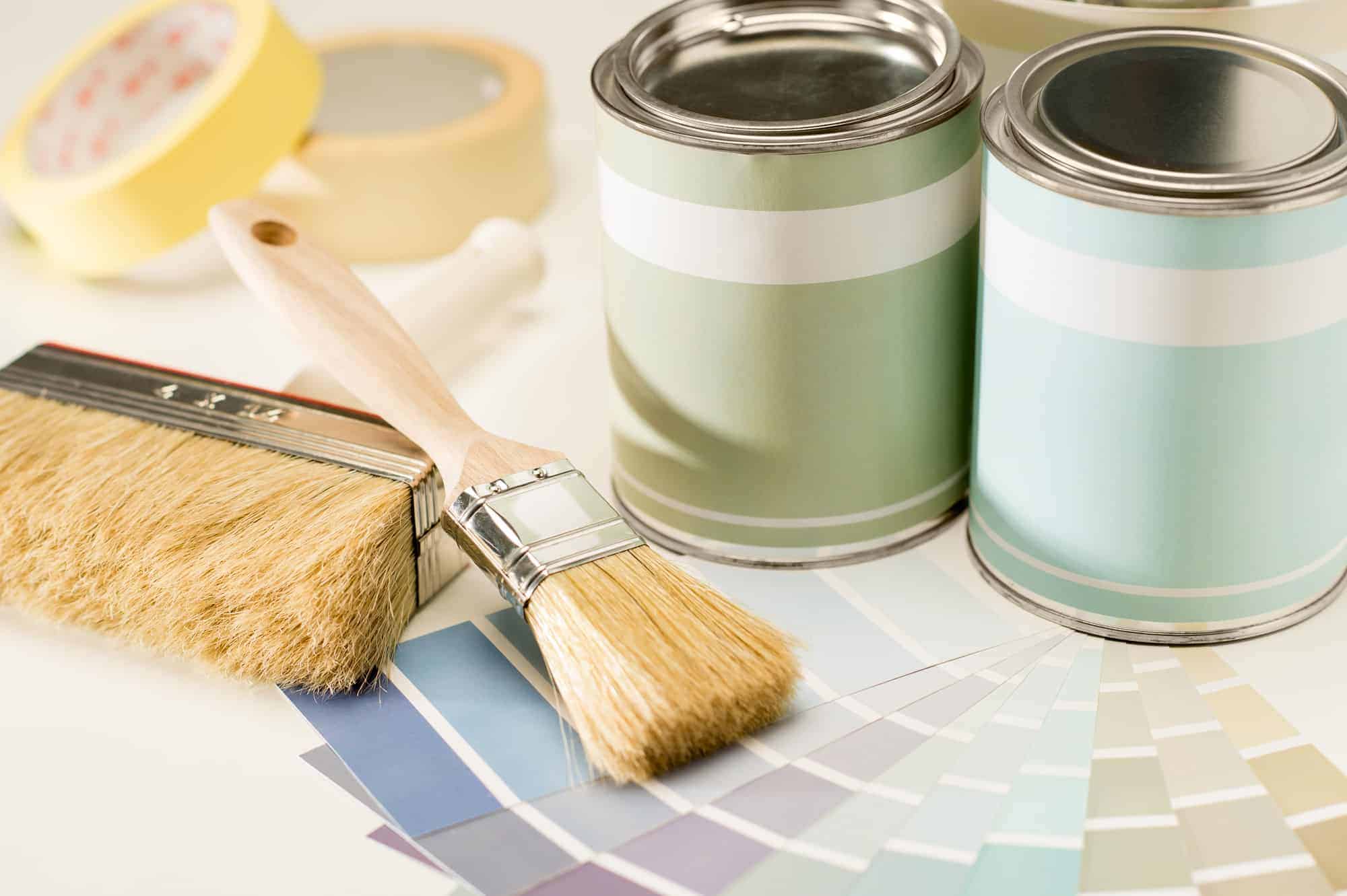
Understanding Paint Sheen
Firstly, what do I mean by “paint sheen”? Simply put, sheen refers to the amount of light a paint finish reflects. This quality is crucial because it determines how much shine your walls will have and how durable the paint will be.
The right sheen can enhance the room’s lighting and make your walls more resistant to wear and tear.
Since a higher sheen reflects more light, a paint color that’s semi-gloss will look lighter than the same color that’s an eggshell finish.
We see this a lot for shades of white, where we may choose to use an eggshell finish on the walls but a semi-gloss on the trim. The difference in sheen makes it look like slightly different shades of white, when it fact it’s the same color just in different sheen.
The 6 Main Paint Sheens
There are five main paint sheens that you need to be aware of:
- Flat: A flat sheen is generally used for ceilings. It has a flat finish; there is no sheen to it. It’s ideal for hiding surface imperfections on interior walls, f
- Matte: This looks the same as flat but has more washability to it. This is usually a designer’s favorite choice for walls, especially when shiplap is being painted or hiding imperfections is important. Matte sheens offer a velvety finish that absorbs light. This sheen is perfect for low-traffic areas but keep in mind, it’s less durable and harder to clean.
- Eggshell: Eggshell paint is my personal choice for walls, especially if you have kids. It has a little bit of sheen, making it easier to clean than matte. An Eggshell sheen is quite durable, making it a popular choice for most interior walls.
- Satin: A satin sheen is shinier than eggshell (but it’s not glossy). The extra sheen means you can wipe it down quite often and it will still look fine. Satin is also considered a more modern look for trim and moldings, and hides imperfections in the wood better than semi-gloss does.
- Semi-gloss: Usually used on trim work. Semi-gloss is substantially more glossy than satin paint. It’s the most durable of the indoor paint sheens, and it’s still the most popular choice for doors and trim.
- Gloss: This sheen is usually reserved for exteriors. It’s usually used when you need a hardy finish, for example on an exterior door or railings. However, sometimes a high gloss finish will be used on trim or millwork on interiors.
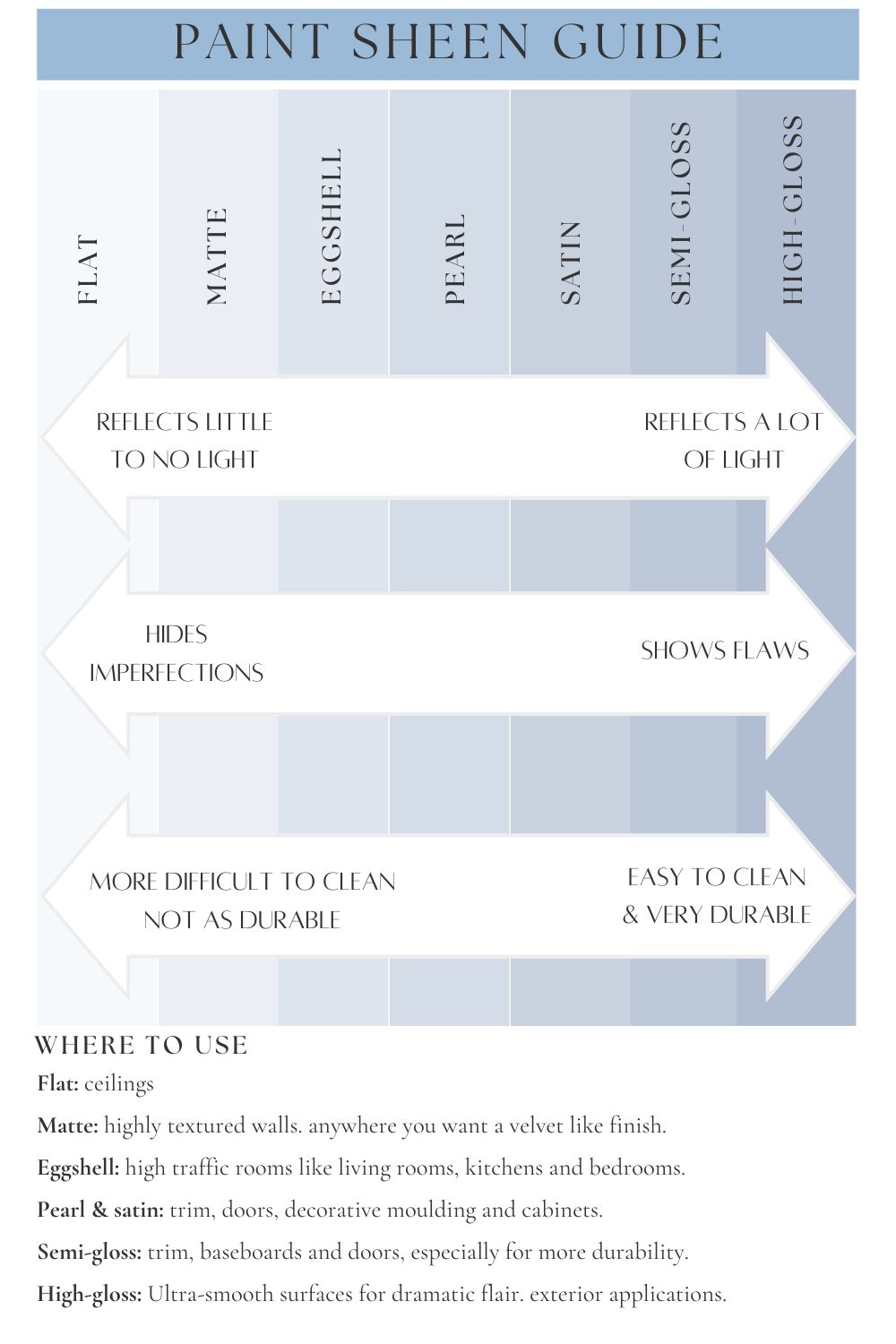
Brand Differences
It’s worth noting that sheens can vary slightly between brands. For example, Benjamin Moore’s pearl finish is an in-between option that isn’t exactly satin or semi-gloss but offers a unique balance suitable for many interior spaces, and Sherwin William’s Semi-Gloss is not as shiny as Benjamin Moore’s.
When choosing a sheen, it might be helpful to look at samples from different brands to see how they truly appear on your walls.
How Does Sheen Affect Paint Color?
The more sheen, the more reflective the paint is, and therefore the lighter it will appear.
This is why when you paint the walls of a room all one shade of white, but matte on the walls and satin or semi-gloss on the trim, the trim work will appear lighter than the walls.
Which Paint Sheen Should I Choose For Walls?
It’s really important to determine the shape your walls are in. If they need to be spackled and patched before you paint, be aware that a reflective surface will highlight any imperfections.
For instance, if you use a satin finish paint, in certain light you’ll almost definitely be able to see those bumps (unless you’re a particularly amazing sander!). It’s generally a better idea to stick to a eggshell or even a matte finish in this case.
If you are painting a wall that previously had a very saturated color and you’re going for a dramatic color change OR you’re painting stained wood, you will need to prime the surface first.
Primer gives you a blank slate to work from and will make sure your paint job is perfect and that the paint adheres correctly. It will also seal stains and odors. My go-to primers are Killz or Benjamin Moore Fresh Start Primer. If you need to seal stained wood, you’ll want to use a shellac-based primer like Zinsser Bin.
What About Bathroom Walls and Ceilings?
Generally, the same sheen rules apply but you should consider a paint that specifically designed to handle high moisture levels. You can read more about this in my post about the best paint for bathroom ceilings.
Are The More Expensive Paint Brands Really Better?
Unfortunately, yes! The two most popular paint brands are Benjamin Moore and Sherwin Williams – and these are the two brands that most professional painters will use.
Their paints have great coverage and dry quickly. However, they are also more expensive than a brand like Behr. The upside is because the more expensive brands have better coverage, you need less paint do the job right.
If you find a color in either the Ben Moore or Sherwin Williams lines that you love but don’t have the budget for those brands, you can get the color mixed up in a cheaper brand of paint. Most paint stores will have a computer where they can look up the color codes for competing brands. Just tell them the brand and the color.
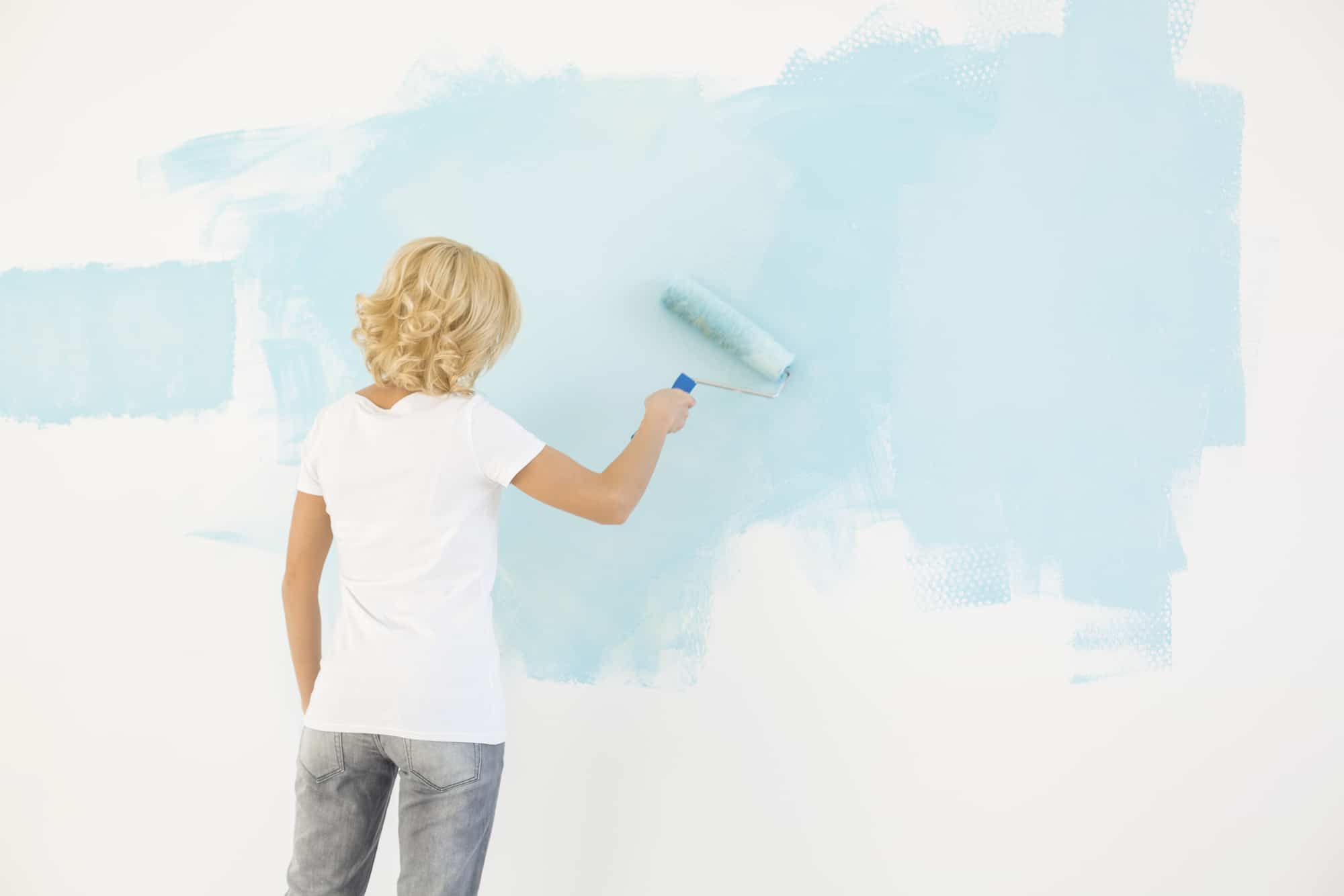
Final Thoughts
Choosing the right paint sheen is as important as picking the color. It affects how your paint job will look and perform over time.
Whether you opt for a flat finish for its non-reflective elegance or a high-gloss sheen for its superior durability and dramatic flair, understanding the benefits of each type can guide you to the best results for your next project.
Remember, experimenting with samples is a great way to ensure you make the right decision—so don’t hesitate to try different sheens in different lighting conditions to see what works best in your home.

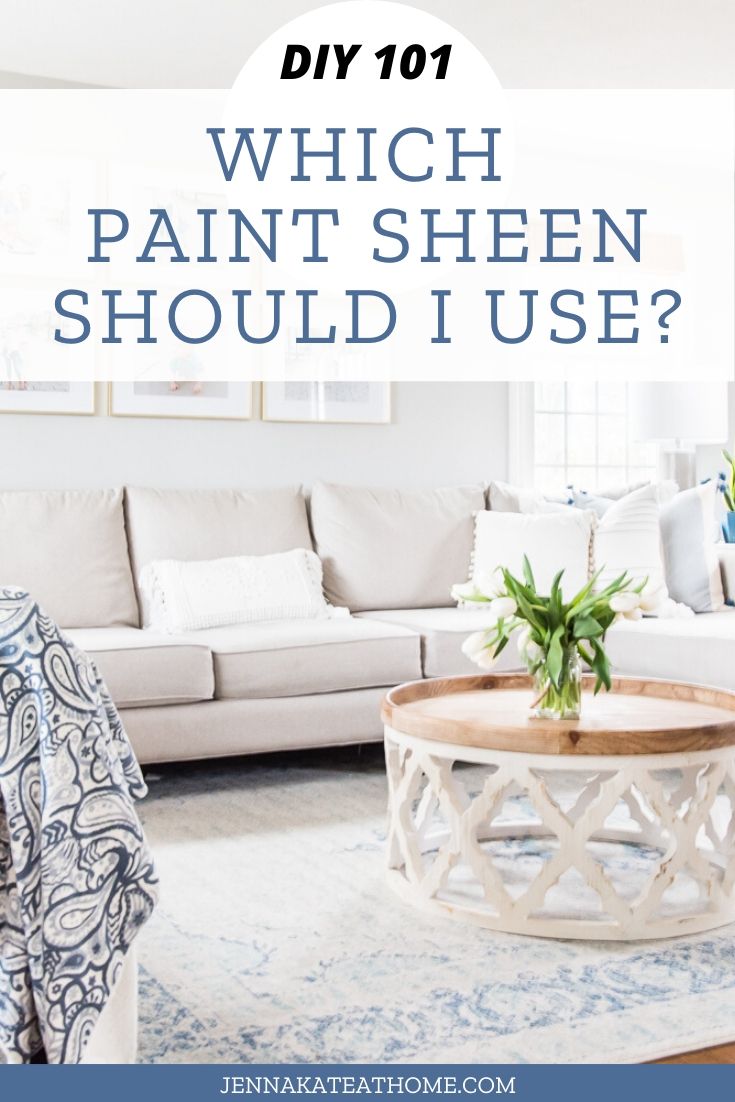
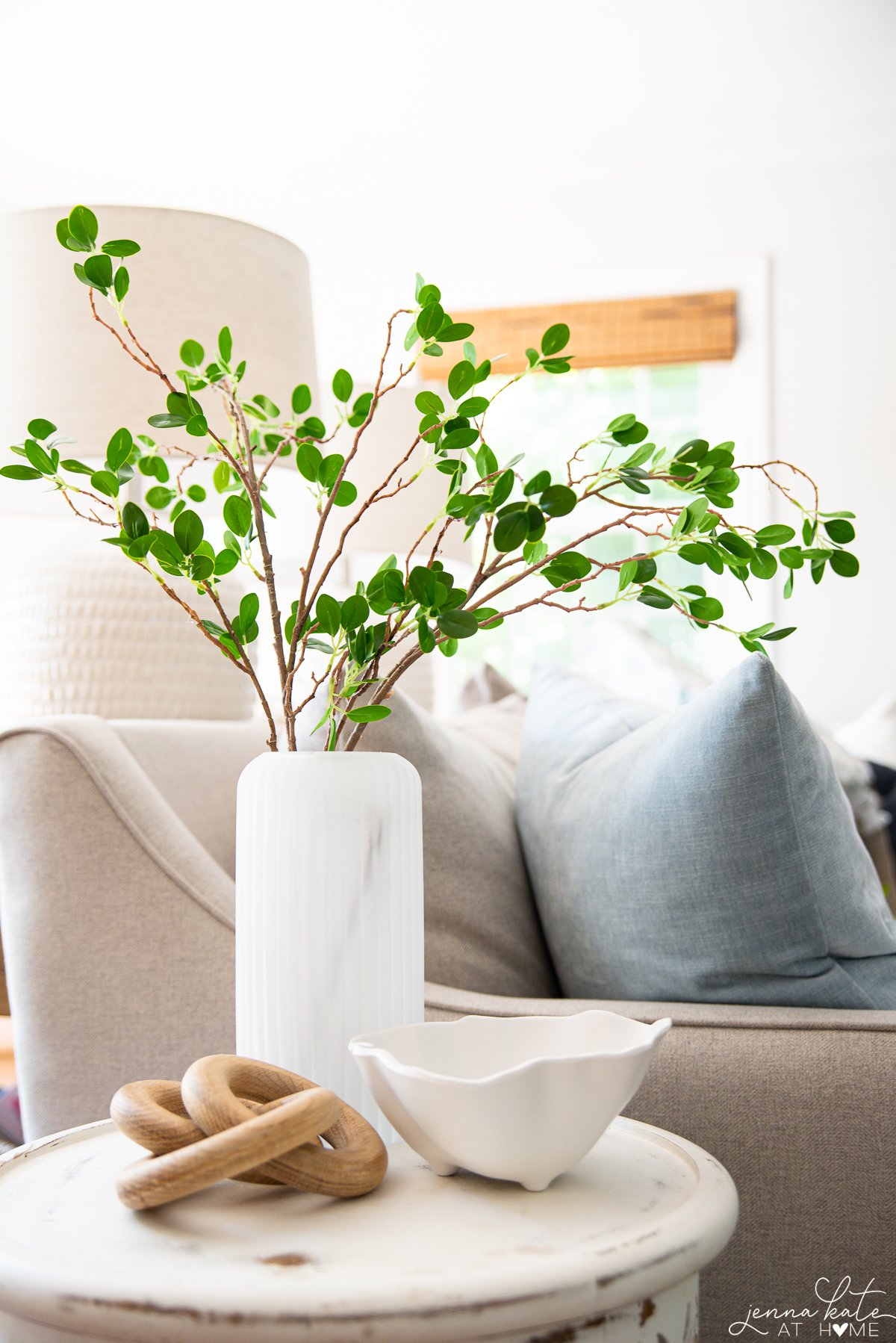
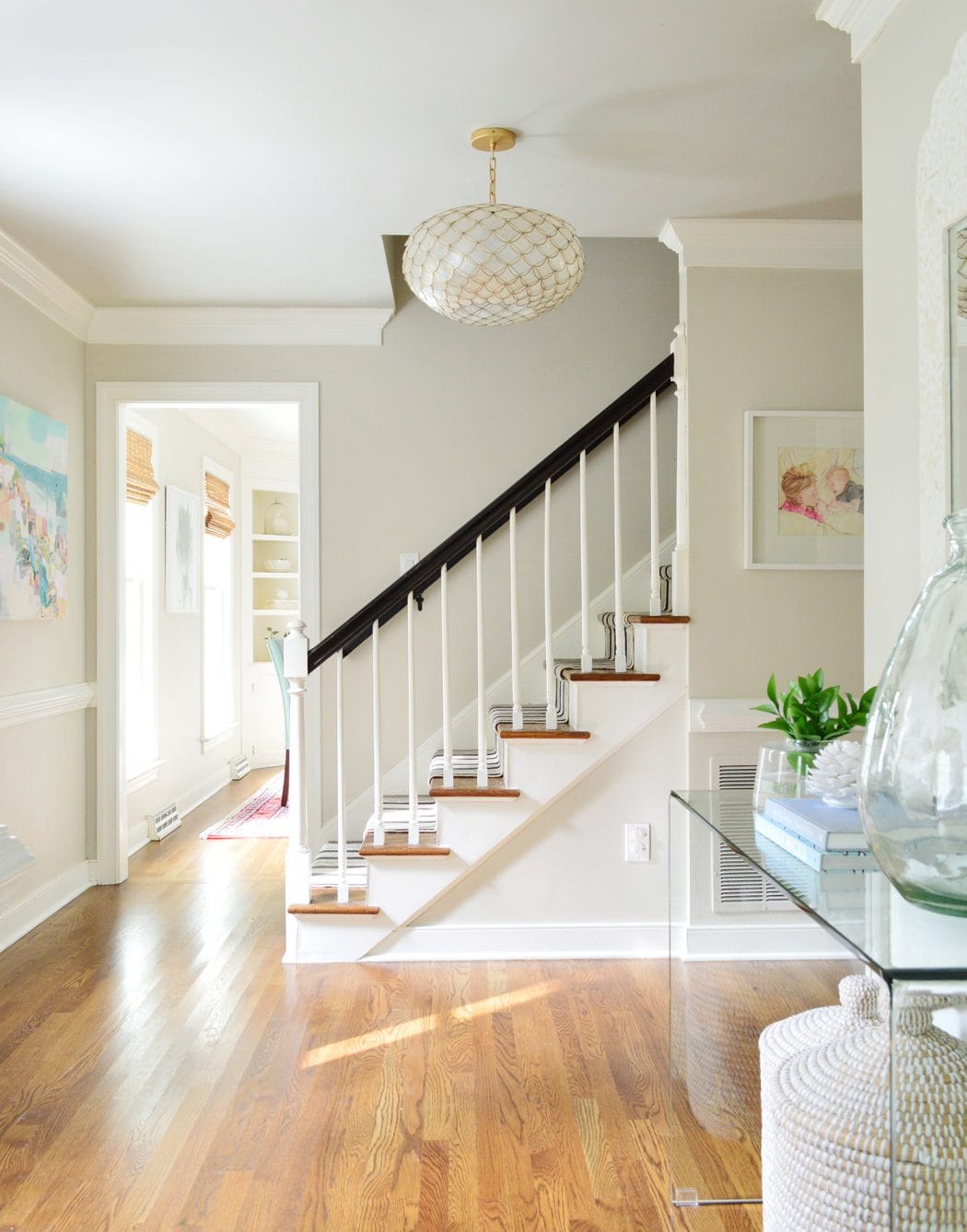
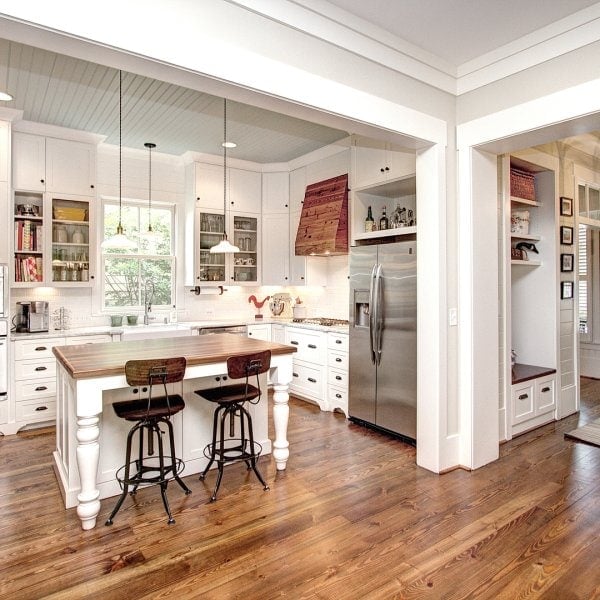
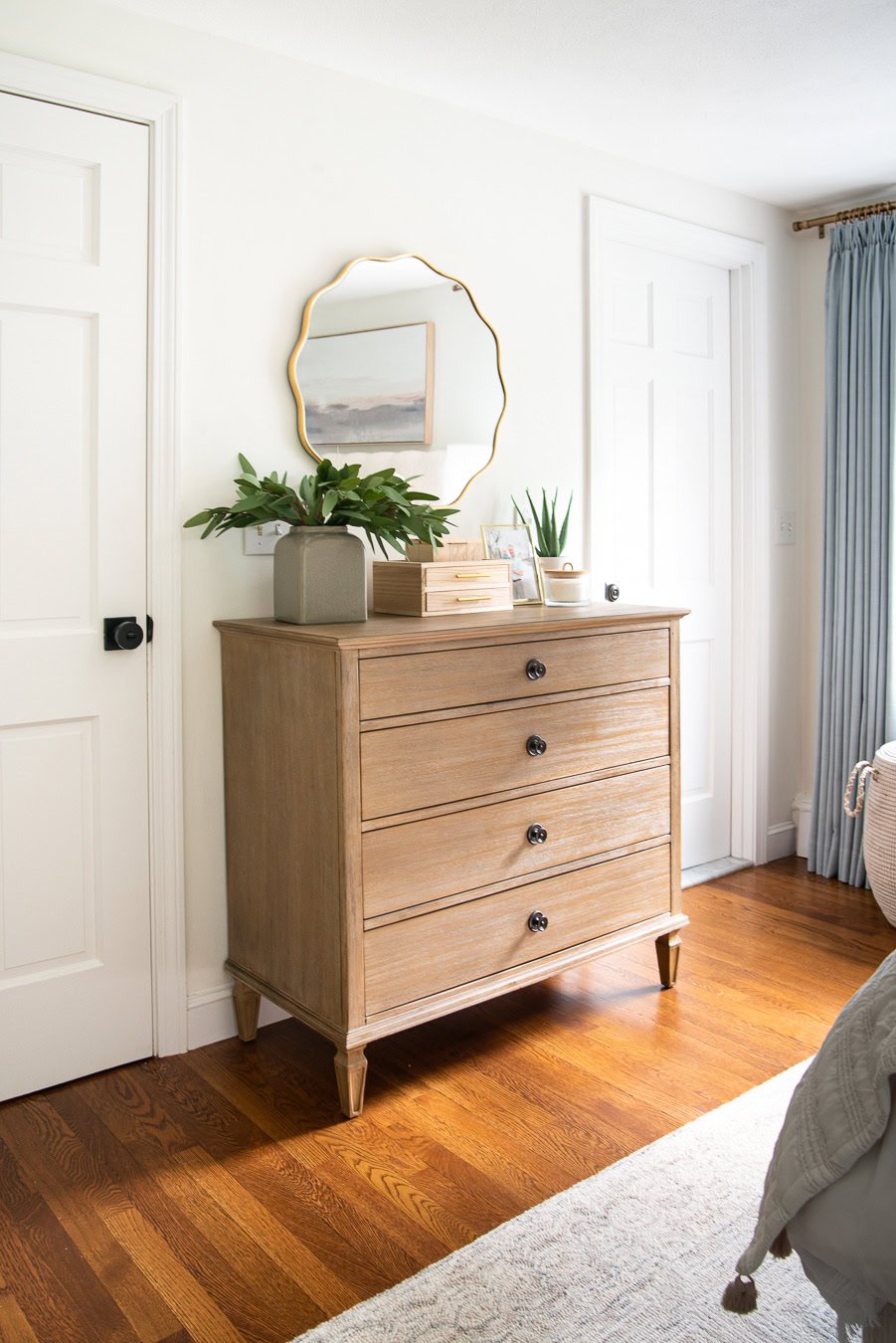
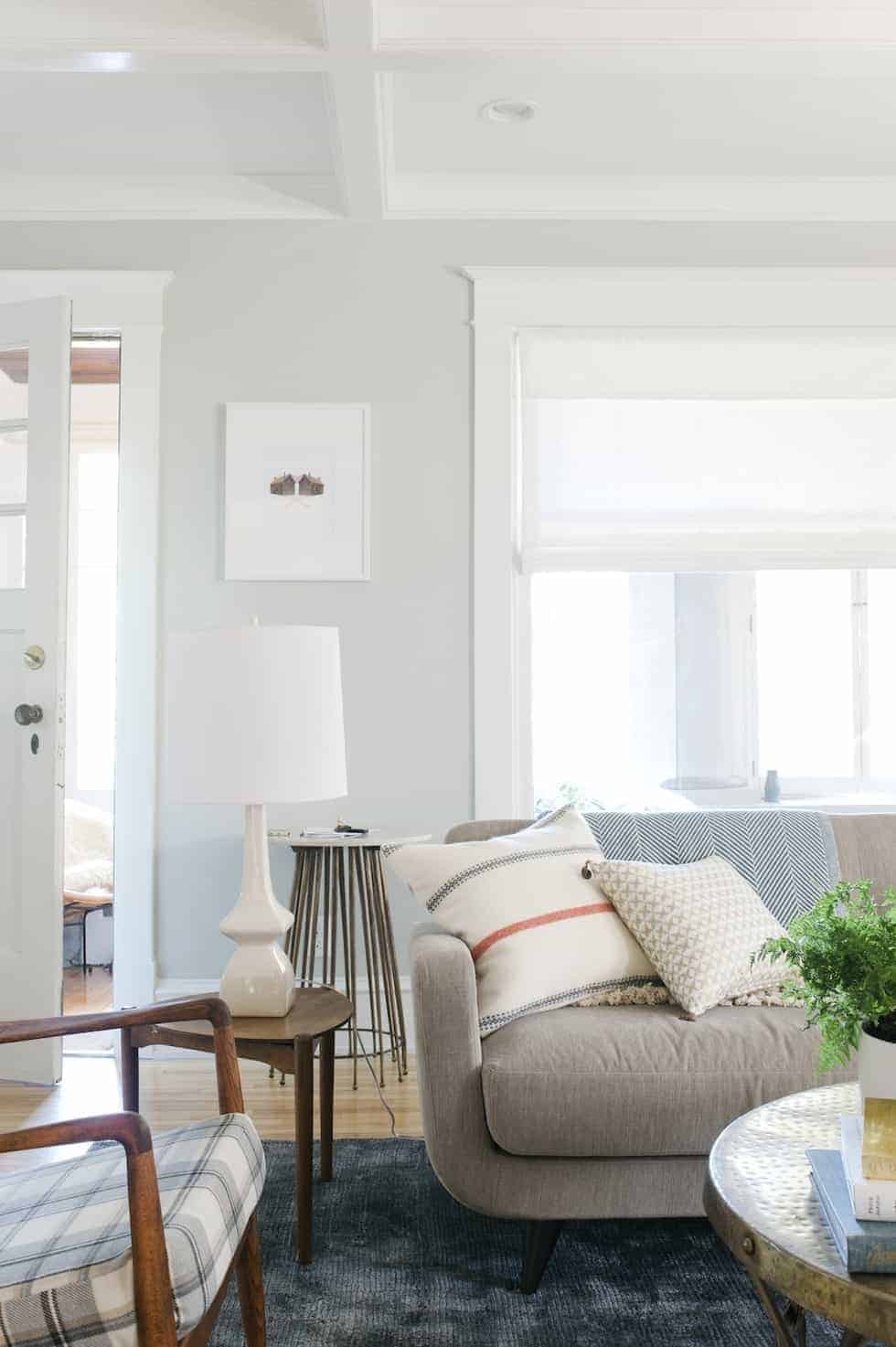
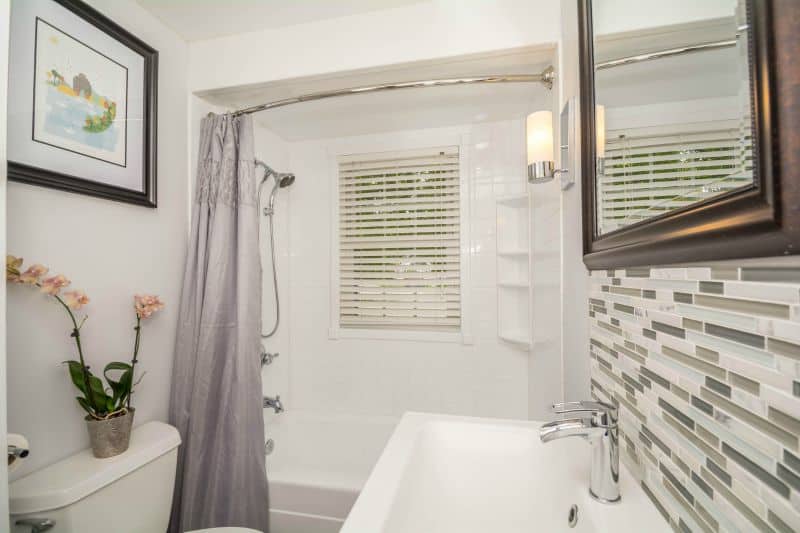




We went through a painting spree and I cannot tell you how much we valued good quality Frog Tape over the cheapie dollar store stuff. Guess everyone has to find out the hard way!!
Great post, very informative.